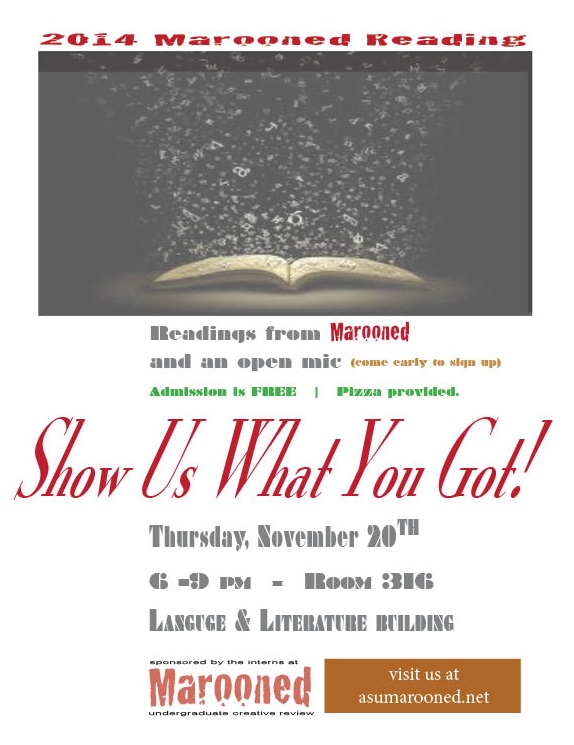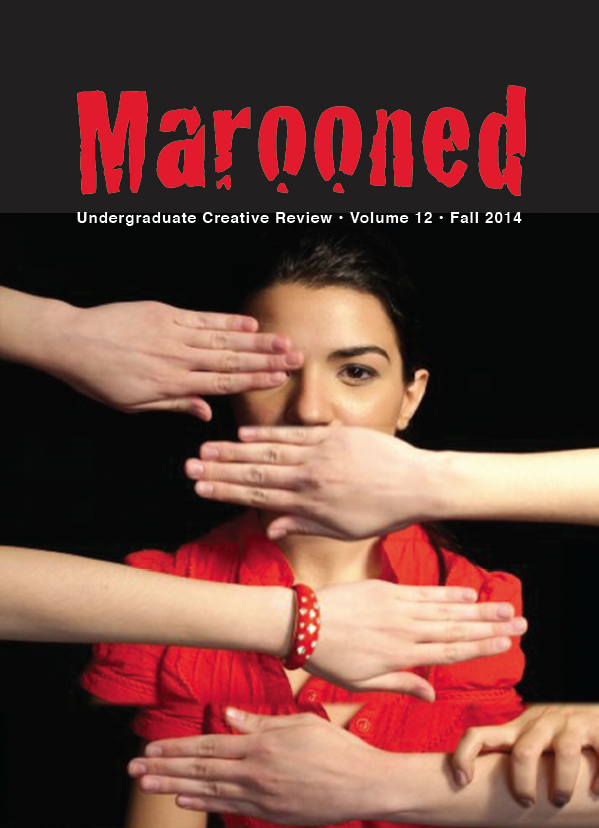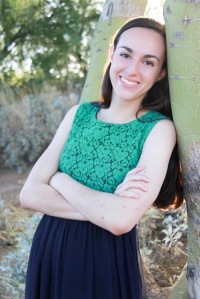
Next Thursday, November 20th, Marooned Undergraduate Creative Review will be hosting their annual reading to celebrate their most recent issue at Arizona State University’s Tempe campus in room 316 of the Durham Language and Literature building from 6-9 pm.
We are excited to present the amazing work from some of our 23 contributors for Volume 12. So far, our lineup of readers includes Jillian Mason, Jessica Swarner, and Kevin Hanlon.
Then following the scheduled readings, audience members will be able to perform in our open mic session. If you are interested in reading at the open mic, you should arrive a little early to sign up.
We will be providing food and drinks. Attendance is free and open to the public.

Marooned is a literary magazine supported by the Arizona State University Department of English. We are currently run by five undergraduate interns and supervisor Bob Haynes.
We accept submissions in poetry, fiction, essay, photography, and art starting in the fall semester until our submission deadline on April 1st. Copies of our current and past issues are available for purchase for $5 from our interns on ASU’s Tempe campus, and will be available at our reading.
Come join us for a fun evening in celebrating contemporary literature from Marooned’s most recent issue.
Michael Cohen is a student in Barrett, the Honors College at Arizona State University. He is pursuing a degree in creative writing and hopes to continue his writing education upon graduating, while working towards becoming a published author. He is also an editor for Marooned Undergraduate Creative Review.
Elizabeth S. Hansen is a senior at Arizona State University Tempe pursuing degrees in creative writing and communication under Barrett, the Honors College, as well as a writing certificate. She is an intern for the literary magazine Marooned Undergraduate Creative Review, as well as Superstition Review. Her work has been published in issue 8 of Miracle Magazine. Upon graduation, Elizabeth plans to pursue a career in the writing and/or teaching industries.
Tamara Ignatian is a senior pursuing her degree in English through Arizona State University online and is working as an intern on campus for Marooned Undergraduate Creative Review. Outside of school, Tamara reads anything that she can get her hands on and runs a poetry blog. After graduation, Tamara intends to further her education in the hopes of one day teaching English or editing professionally.
Haley Marshall is a senior at Arizona State University’s New College of Interdisciplinary Arts and Sciences, pursuing a degree in English with a minor in film studies. Also a member of Barrett, the Honors College and an editorial intern atMarooned, she’s hoping to work in the publishing industry after graduation.
Madison Ruffner is a junior at Arizona State University pursing a degree in English literature, as well as minors in both Business and Japanese. In addition to being an intern for Marooned Undergraduate Creative Review she has a passion for writing in both languages. After graduation she hopes to pursue a career in publishing in either language, in either Japan or the United States.
Bob Haynes currently teaches professional and technical writing classes at Arizona State University and is Director of the Writing Certificate Program. He is also the faculty advisor for the student-run literary magazine Marooned. Bob has also written educational nonfiction for children and his works have been published in journals such as Bellingham Review, Cimarron Review, and elsewhere. His background includes journalism studies at the George Washington University, professional publishing at Stanford University, and creative writing at ASU. He retired from NASA in 1998 and has been teaching at ASU since 2002.




